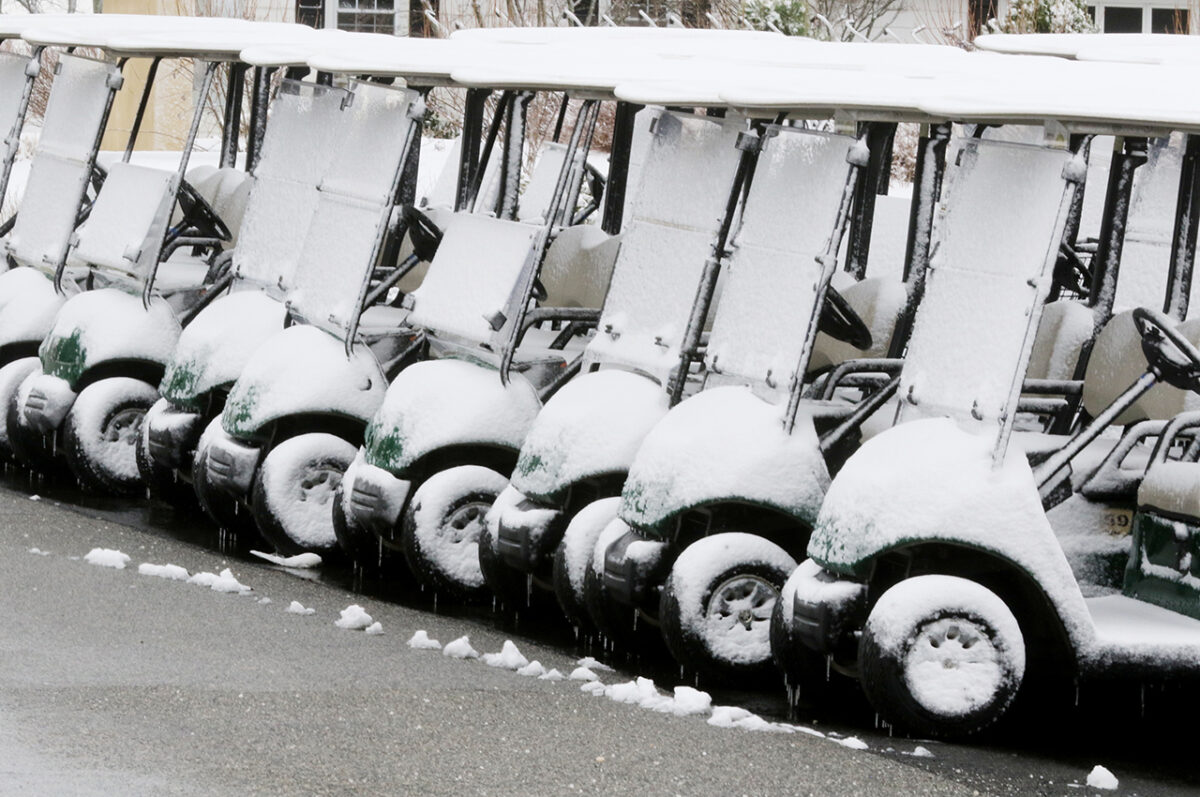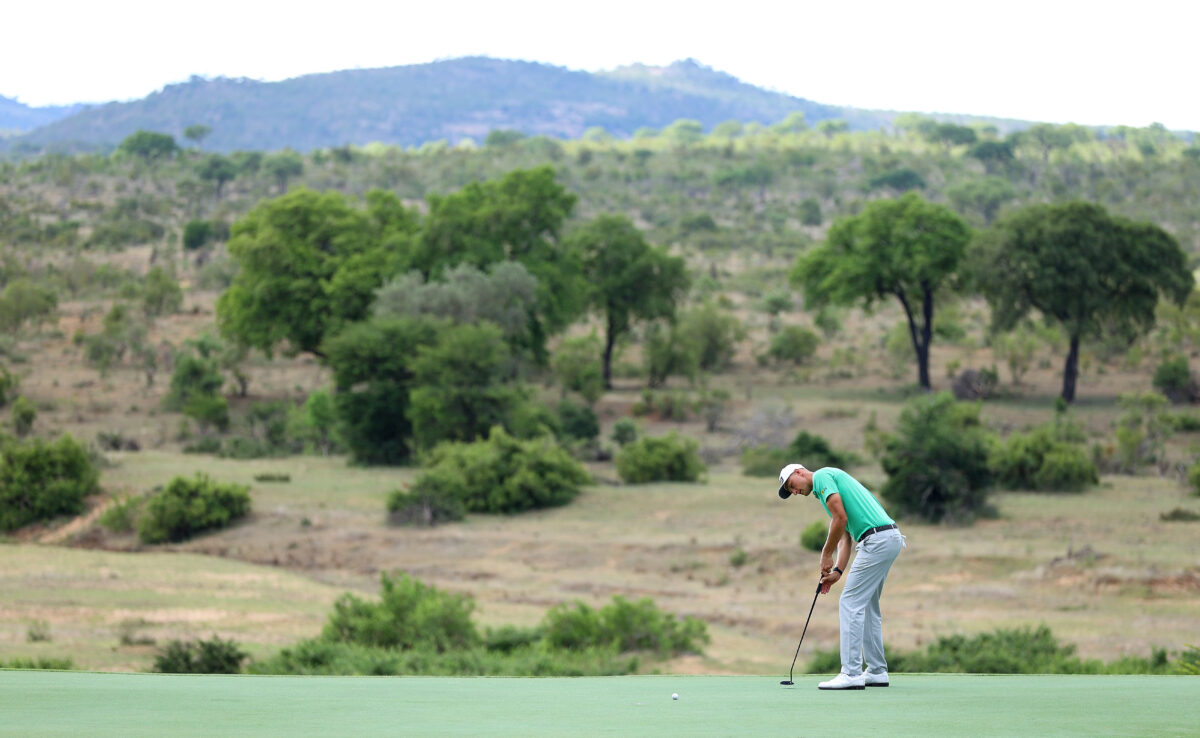As Tuesday is the 15th annual National Golf Day in Washington D.C., it’s worth a look to see how the industry is doing in the wake of participation surges in recent years credited to the COVID-19 outbreak and golf’s offerings as a relatively safe outdoor pursuit.
The news is good for the game. The American Golf Industry Coalition has reported that roughly one in seven Americans participated in golf in some fashion in 2022, leading to a $102 billion direct economic impact.
One major indicator for the health of the game – rounds played in the U.S. – also tells a story of a game that has captured attention in recent years and has been able to hold it.
The National Golf Foundation, using data from Golf Datatech, reported this week that combined first-quarter rounds played from the past three years in the U.S. are up 17 percent compared to the same first-quarter periods of 2017-2019, pre-COVID.
The monthly comparisons for this year versus 2022 and 2021 aren’t quite as rosy, mostly attributed to weather. A recent NGF/Golf Datatech report showed that overall, rounds played in March 2023 were down 2.3 percent compared to March 2022, which trailed March 2021 when rounds spiked 45 percent as players looked for a break from COVID restrictions. Much of this year’s dip versus 2022 was attributed to the vast rainstorms that slammed parts of the Pacific Northwest and California.
Rounds played were also slightly down in February this year versus February 2022, also attributed mainly to weather. That follows a great January in which rounds played were up 7.1 percent versus January 2022.
The NGF points out in its latest report that the period of May through September makes or breaks any year for golf as a seasonal sport. But if recent first-quarter gains show anything, it’s that increases in participation as a whole in the U.S. have proved to be sticky, with players not abandoning the game as other recreational and travel opportunities have reopened after major COVID restrictions were lifted.
That’s good news as National Golf Day – which as a whole has been stretched to three days, May 8-10 – is presented in person by the American Golf Industry Coalition in D.C. after the two previous annual events were conducted virtually. The group advocates on behalf of the golf industry on legislative and regulatory issues. Leaders of the coalition include prominent voices from the USGA, PGA of America, PGA Tour, LPGA, World Golf Foundation, Golf Course Superintendents Association of America, National Golf Course Owners Association and other leading golf organizations.
Those converged in D.C. have quite a story to tell of golf’s impact in recent years. Some highlights from the American Golf Industry Coalition’s most recent economic impact study:
- Roughly one in seven people in the U.S. participated in golf in 2022 for a $102 billion direct economic impact, an increase of 20 percent over its $84 billion direct impact in 2016.
- Golf’s complete economic portrait in the U.S. totals $226 billion and reveals a significant ripple effect, with millions of players spurred to travel, make ancillary purchases and buy or build homes connected to golf.
- The game enabled 1.65 million jobs including more than 1 million directly tied to the industry.
- Golf is a vehicle for fundraising, with almost $4.6 billion raised in 2022, a 16 percent increase compared to 2016 ($3.9 billion) and close to 1 percent of all charitable giving in the U.S. Over 90 percent of golf-related fundraising was stimulated by events at local courses, with four out of five facilities holding at least one event in 2022.
- Alternative forms of golf (such as Topgolf) have made the game increasingly accessible to a larger, more diverse audience, helping push golf’s overall participant base to 41.1 million (up from 32 million in 2016). In 2022, 48 percent of all golf participants (on- and off-course) were between the ages of 6 and 34, outsizing their share of the U.S. 6+ population (41%).
- The on-course participant profile continues to diversify, with new high marks in 2022 in the proportion of golfers who are female or people of color.
Such details from the economic impact report provide great points of emphasis in D.C. for National Golf Day.
“We are very excited to have so many leaders join us in Washington to help advocate for the game of golf.” Greg McLaughlin, CEO of the World Golf Foundation, said in a media release discussing the economic impact report. “We are also pleased to release this new study that helps reflect the important role the game plays in the American economy.”
[mm-video type=playlist id=01es6rjnsp3c84zkm6 player_id=01evcfxp4q8949fs1e image=]
















